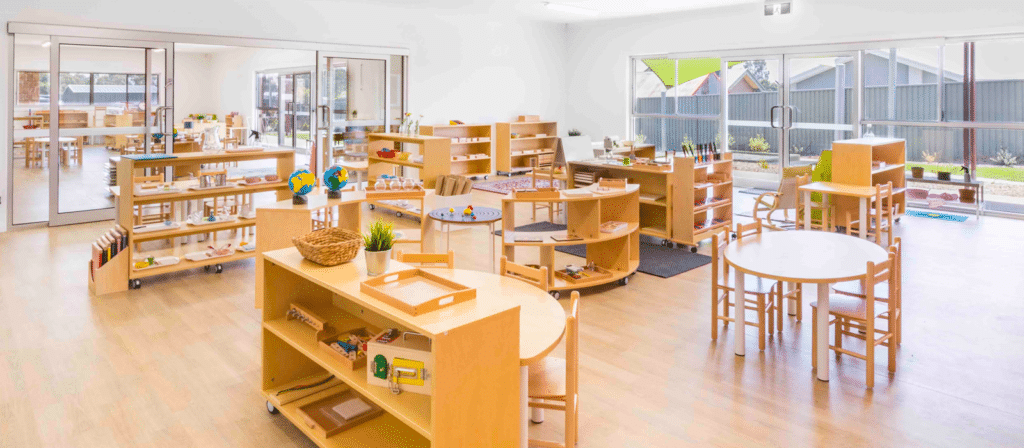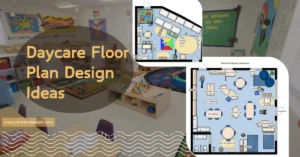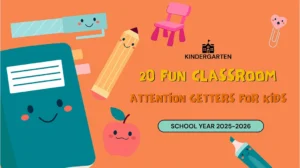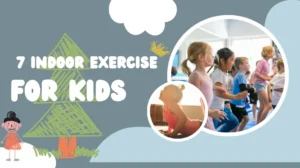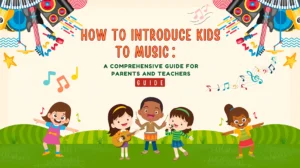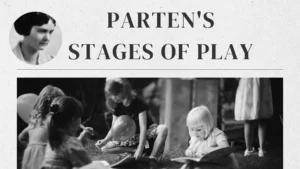Are you seeking to create an engaging and inspiring Music and Movement Area in your Reggio Emilia-inspired classroom? Curious about how furniture choices can enhance creativity and foster a love for music and movement? Join us as we delve into the world of Reggio Emilia design principles and explore how furniture can ignite imagination and promote joyful expression.
Learn how thoughtful furniture choices can inspire children to explore the world of music, engage in movement activities, and develop a deep appreciation for the arts.
What is the Reggio Emilia Approach?
The Reggio Emilia approach originated in the town of Reggio Emilia in Italy after World War II. It is a student-led, inquiry-based approach to education that values the interests and capabilities of each child. The approach emphasizes the role of the environment in learning and views the space as the “third teacher.”
The Role of Furniture in Reggio Emilia-Inspired Spaces
Furniture plays a crucial role in creating a Reggio Emilia-inspired music and movement area. The furniture should be carefully selected to meet the needs of the children and promote exploration, creativity, and collaboration. Here are some key considerations when choosing furniture for this space:
Flexibility: Opt for furniture that can be easily rearranged to accommodate different activities and group sizes. Flexible seating options like bean bags, floor cushions, and stools allow children to choose their preferred seating arrangements.
Natural Materials: Choose furniture made from natural materials such as wood, wicker, or fabric. These materials provide a warm and inviting atmosphere and connect children with the natural world.
Open Shelving: Use open shelving units to display musical instruments, props, and materials. This allows children to easily access and explore the resources, promoting independence and self-directed learning.
Child-Sized: Ensure that the furniture is appropriately sized for young children. Low tables, chairs, and shelves enable easy access and encourage independence in the space.
Mobile: Consider incorporating mobile furniture, such as carts or trolleys, to allow for easy movement of materials and resources. This enables children to take ownership of their learning and facilitates a sense of agency.
Comfort: Provide comfortable seating options that allow children to relax and fully engage in music and movement activities. Consider adding soft cushions or rugs for children to sit or lie down on while listening to music or participating in movement exercises.
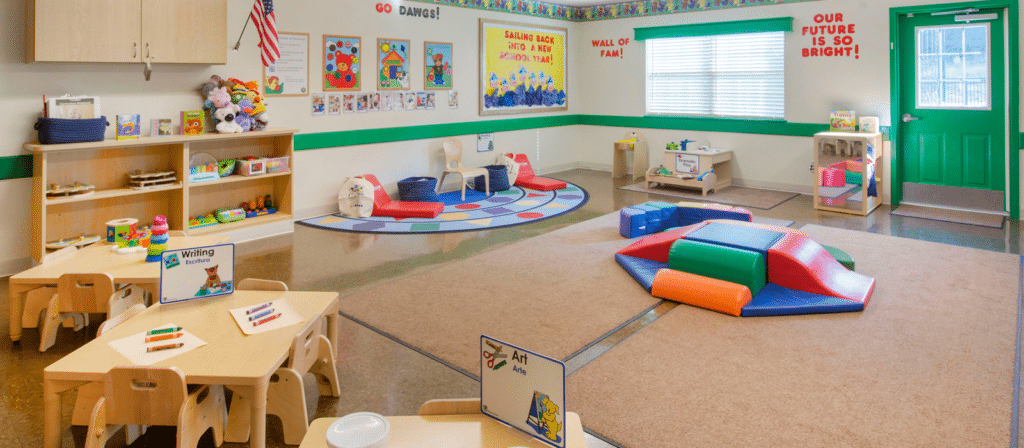
Promoting Creativity in the Music and Movement Area
Creativity is a fundamental aspect of the Reggio Emilia approach. To promote creativity in the music and movement area, consider the following ideas:
Musical Instruments:
Offer a variety of musical instruments, such as drums, xylophones, and shakers, to encourage experimentation and self-expression. Allow children to explore different sounds and rhythms, fostering their creativity and musicality.
Artistic Materials:
Provide art materials, such as paper, crayons, and markers, alongside the musical instruments. Encourage children to create visual representations of the music they hear or the movements they make. This integration of music and visual arts enhances their creative expression.
Flexible Spaces:
Design the area in a way that allows for flexible use of space. Consider using curtains or dividers to create separate zones for different activities. This flexibility enables children to engage in various creative pursuits simultaneously.
Props and Costumes:
Incorporate props and costumes that inspire imaginative play. Scarves, ribbons, hats, and costumes can be used to enhance movement activities and encourage children to explore different roles and characters.
Natural Elements:
Bring nature into the music and movement area by incorporating natural elements such as plants, rocks, or shells. These elements stimulate children’s curiosity and creativity, fostering a connection with the natural world.
Documentation:
Document children’s creative processes and experiences through photographs, videos, and written reflections. Display these artifacts in the space to celebrate and honor children’s creativity. This documentation also serves as a valuable tool for reflection and assessment.
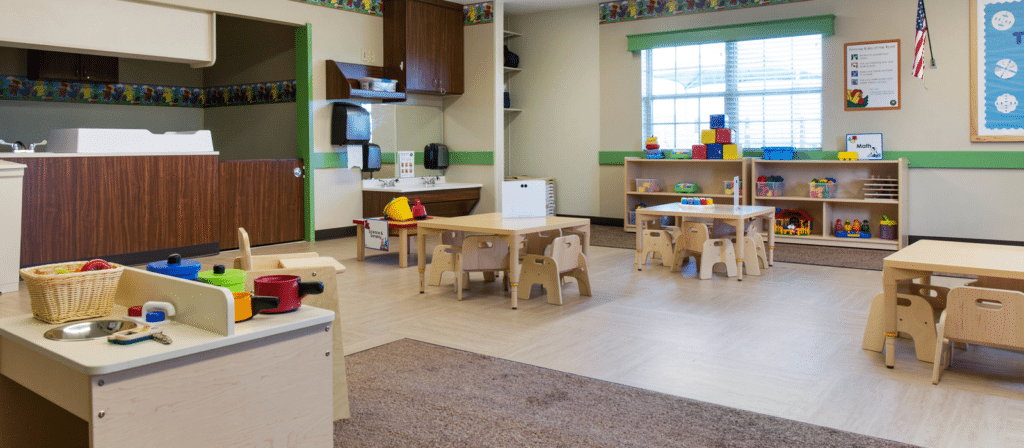
By incorporating these principles and ideas into the design of a Reggio Emilia-inspired music and movement area, educators can create a space that promotes creativity, exploration, and a deep sense of joy in learning. Such an environment supports children’s holistic development and nurtures their innate curiosity and love for music and movement.
Conclusion
Designing a Reggio Emilia-inspired music and movement area requires careful consideration of furniture choices and a focus on promoting creativity. By selecting flexible, child-sized, and natural materials, educators can create an inviting and stimulating environment. Incorporating musical instruments, artistic materials, props, and costumes further enhances creativity. By embracing the Reggio Emilia approach and designing with intention, educators can create a space that fosters a love for music, movement, and creative expression in young children.
Remember, the environment is a powerful teacher, and by designing a Reggio Emilia-inspired music and movement area, we are providing children with an opportunity to explore, create, and thrive.

